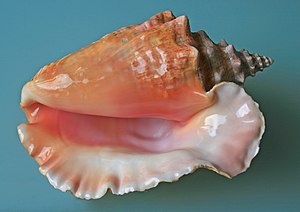Remora refers to any member of a group of fish that can attach themselves to other fishes (usually sharks) or ships by way of a suction disk on the top of their head.They typically eat anything that falls from the sharks mouth. Do the lyrics from the Jimmy Buffet song, Fins, make sense now?
“But now she feels like a remora,
’cause the school’s still close at hand.
Just behind the reef are the big white teeth
of the sharks that can swim on the land.”
Enjoy this video from a scuba diver that was mistaken for a shark as two juvenile remoras try to attach themselves to him. I added the video so you can get a really good sense of the suction discs on the top of their heads.











What people are saying …